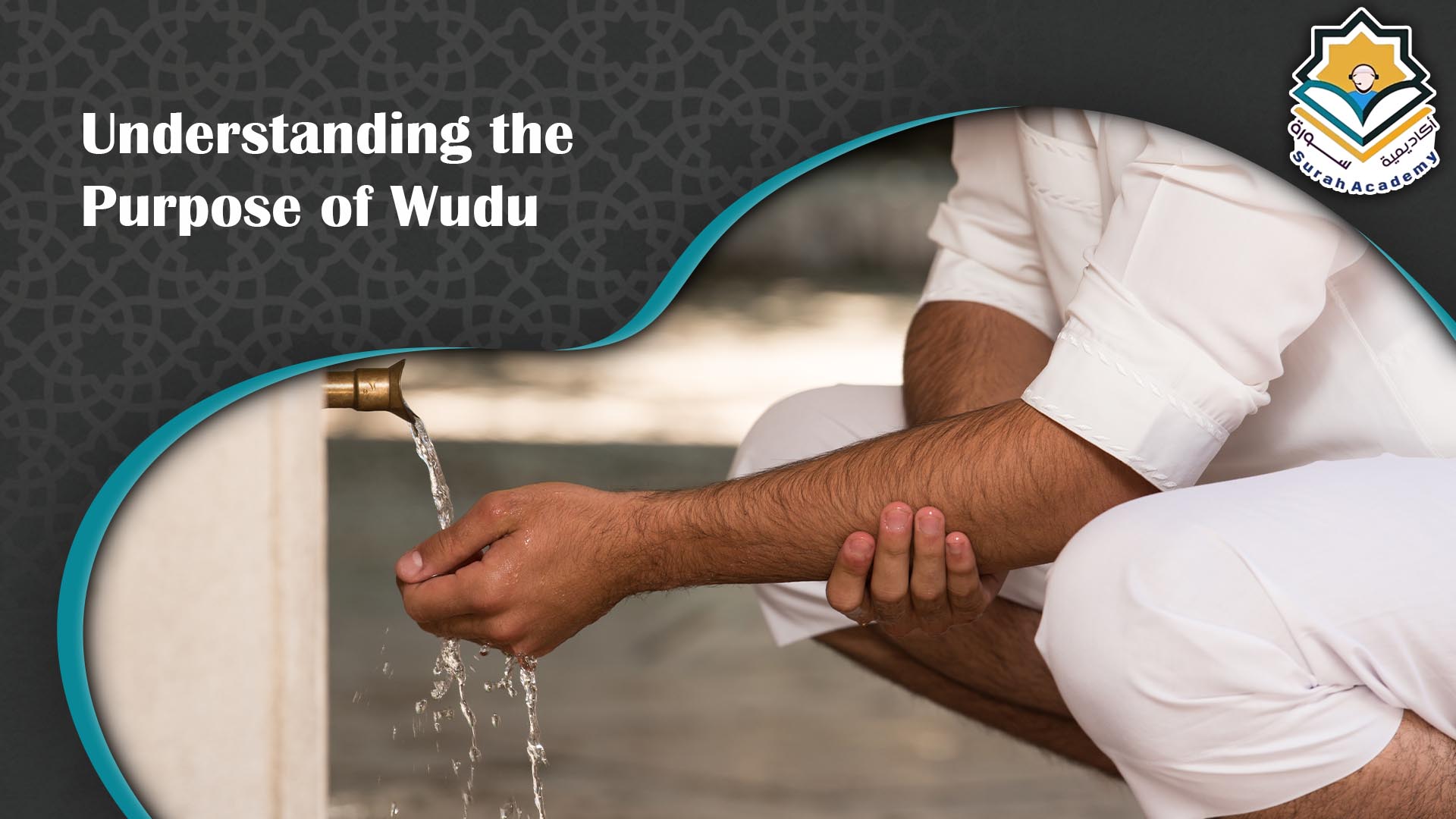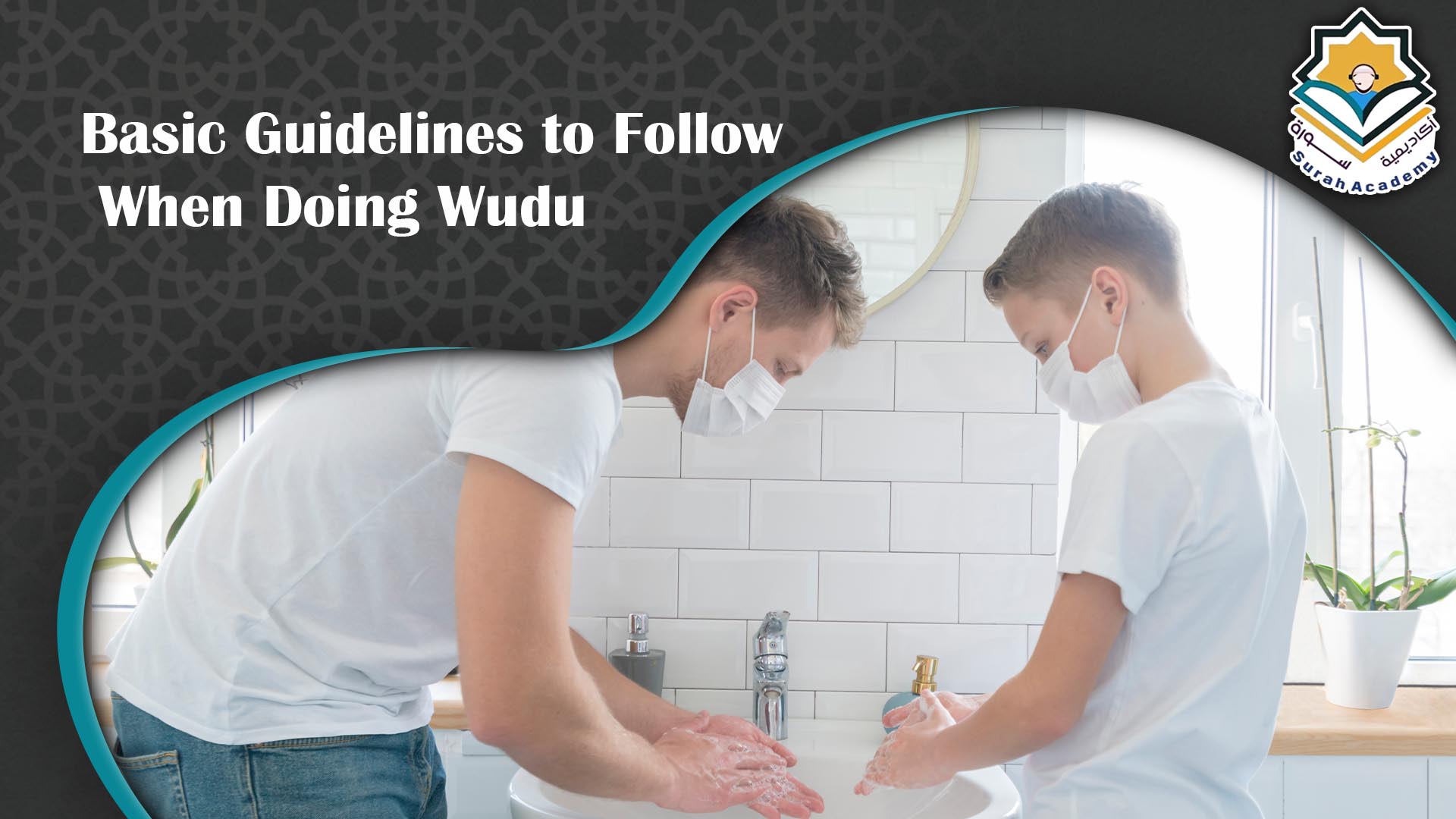Before engaging in prayer or reading the Quran, it’s essential to understand how to perform wudu, as this ritual purification is a key part of spiritual readiness in Islam.
Wudu, or ablution, is a simple yet meaningful process that cleanses specific parts of the body, symbolizing both physical and spiritual purity.
Learning this practice helps one prepare the heart and mind for worship and strengthens the connection with faith.
Understanding the Purpose of Wudu

Before engaging in prayer, it’s essential to prepare both the body and mind through a specific cleansing process. This act, commonly known as wudu, plays a key role in spiritual readiness. Learning how to perform wudu is an important step in preparing for worship, as it involves washing certain parts of the body in a set order with the intention of purification. Without this step, the act of prayer is considered incomplete. It serves not only as a physical cleansing but also as a symbolic way to enter a state of focus and respect before standing in prayer.
When Wudu Needs to Be Repeated
Once you’ve learned how to perform wudu, it’s also helpful to understand when it becomes invalid. Wudu isn’t permanent—it can be broken by certain actions or conditions. These include things like using the bathroom, falling into a deep sleep, losing awareness, or other natural physical processes. If any of these occur, you’ll need to go through the cleansing steps again before taking part in prayer. Knowing what breaks your state of purification helps maintain proper preparation for each time you get ready to pray.
Learn more: quran online courses for kids
Steps to Complete the Cleansing Process Before Prayer
Before beginning your prayer, it’s essential to understand how to perform wudu, which is a purposeful sequence of cleansing steps that helps you prepare both mentally and physically. This process is not just about hygiene — it also creates a moment of calm, reflection, and readiness. Here is a general guide to follow:
Step 1 – Set Your Intention
Start by forming a clear intention in your mind. This intention doesn’t require spoken words; it’s simply an inner awareness that you’re beginning this ritual to prepare for prayer. Being mindful at this point helps shift your focus away from distractions.
Step 2 – Begin With a Silent Phrase
To mark the beginning of the process, silently acknowledge that you’re entering a moment of spiritual and physical purification. This quiet reflection can enhance your sense of purpose and help you remain focused throughout the cleansing steps.
Step 3 – Wash Your Hands
Rinse both hands thoroughly, starting with the right. Clean from the fingertips to the wrists, making sure water touches all parts of the hands. Do this three times for each hand. This step symbolizes washing away anything that may interfere with focus or peace.
Step 4 – Rinse Your Mouth
Take water into your mouth and rinse it three times. This step clears the mouth and reminds you to use your speech mindfully. Be sure to swish the water around to ensure the mouth is fully cleansed.
Step 5 – Clean Your Nose
Gently inhale a small amount of water into the nostrils and then expel it. Repeat this three times. This helps cleanse your airways and contributes to the feeling of renewal that the process is meant to bring.
Step 6 – Wash Your Face
Using both hands, wash your entire face — from ear to ear and from the top of the forehead down to the chin. Do this three times. This refreshes you and helps bring clarity and calm to your expression.
Step 7 – Clean Your Arms
Begin with the right arm, washing from the fingertips all the way up to and including the elbow. Make sure water reaches all areas, and repeat this three times. Then do the same with the left arm. This step symbolizes preparing your actions and efforts.
Step 8 – Wipe Your Head
With wet hands, gently move your hands from the front of your head to the back, and then return them to the front in one smooth motion. This is done only once. Hair length or style doesn’t change this part of the process — the action remains the same.
Step 9 – Clean Your Ears
Using the same moisture from your hands, clean your ears by running your index fingers inside them and your thumbs behind them. This is done only once and helps complete the head-cleansing step.
Step 10 – Wash Your Feet
Start with your right foot, washing from the toes up to and including the ankle. Ensure water reaches between the toes and all areas of the foot. Do this three times, then repeat with the left foot. Walking mindfully and purposefully begins here.
Step 11 – Complete the Process
After the physical steps are done, take a brief moment to pause. Use this time to reflect, center yourself, and mentally transition to the state of prayer. You are now ready, both inwardly and outwardly, to begin your connection through worship.
Wiping Over Footwear During the Cleansing Process
As part of understanding how to perform wudu, it’s helpful to know that if you’ve already completed the full cleansing process and then put on socks or enclosed shoes, you don’t have to remove them the next time you repeat the steps, When you reach the part where you would normally wash your feet:
1-Leave your socks or covered footwear on — there’s no need to take them off.
2-Simply use a wet hand to lightly wipe across the top of your right foot once.
3-Do the same for your left foot.
This method is recognized as an acceptable alternative in certain conditions, especially when the footwear covers the ankle and was worn after completing the full cleansing process.
Requirements for Performing Wudu
Before you learn how to perform wudu, it’s important to understand the basic conditions that must be met for the process to be valid. First, the person performing wudu should be a conscious individual who is mentally aware and has reached an age where they can understand the significance of the act. It is not applicable for very young children who have not yet reached this stage, individuals who are not mentally sound, or those who do not have a sincere intention to perform the cleansing for spiritual purposes. For example, if someone washes only to cool off and not with the intention of purification, the wudu would not be considered valid.
Another key requirement is that the water used must be clean and pure. Water that is contaminated or impure cannot be used for this ritual washing. Additionally, anything that could block the water from touching the skin—like nail polish or similar barriers—should be removed beforehand to ensure thorough cleansing.
While it is recommended by many scholars to say a phrase of intention or blessing at the start of wudu, opinions differ on whether this is mandatory or simply a commendable practice. If you choose to say it, it can be done quietly either at the very beginning or at any point during the process.
Understanding these conditions helps create a proper foundation for how to perform wudu effectively and meaningfully.
What to Say After Completing Wudu
After you finish the steps of how to perform wudu, it’s recommended to take a quiet moment to reflect and say a short statement of faith. This usually includes affirming the belief in one God and acknowledging the role of His messenger. Saying these words helps reinforce the spiritual purpose of the cleansing process.
Additionally, some people choose to add a simple personal prayer asking for inner purity and continued spiritual growth. While not required, these phrases are seen as a meaningful way to complete the act of wudu and help prepare your heart and mind for prayer.
Taking a moment for reflection after wudu adds depth to the experience and reminds you of the purpose behind the physical actions you’ve just performed.
Read also: online ijazah course
Is There a Difference Between Men and Women in Performing Wudu?
When it comes to how to perform wudu, the process is exactly the same for both men and women. The steps involved in cleansing and preparing for prayer do not change based on gender. Each person, regardless of being male or female, follows the same order of actions, uses the same method of washing, and is held to the same standards of cleanliness and spiritual readiness. The core purpose of wudu — to prepare the body and mind for worship — applies equally to everyone.
Actions That Break the State of Wudu
While learning how to perform wudu is important, it’s also essential to know what can cancel it. There are several things that can break your state of purification and require you to repeat the cleansing steps before praying again. These include:
1-Releasing urine
2-Passing bowel movements
3-Releasing gas
4-Falling asleep in a way that causes full relaxation
5-Losing awareness due to fainting, deep sleep, or any state of unconsciousness
6-Certain physical conditions specific to women involving irregular bleeding
7-Engaging in intimate acts that require a full-body wash afterward
Read also: learning quran with tajweed
Basic Guidelines to Follow When Doing Wudu

When learning how to perform wudu, it’s helpful to understand some general principles that ensure the process is done correctly. These guidelines support both the cleanliness and structure of the routine:
1-The parts of the body that will be cleaned—such as the face, hands, arms, head, and feet—should be free from any dirt or impurity before starting. If they aren’t already clean, the washing during wudu should remove anything that’s not supposed to be there.
2-The steps of wudu need to follow a specific order. You should wash your face first, then your right arm before the left, followed by wiping over your head, and finally your feet. Keeping this sequence helps maintain consistency and discipline.
3-It’s important to complete the steps without taking long breaks. Each action should be done while the previous area is still damp. If too much time passes and the skin dries, the process may need to be restarted—unless the dryness is caused by weather conditions like wind or heat, and you’ve been moving at a normal pace.
4-You should carry out the steps on your own whenever possible. However, if you’re unable to due to illness or physical limitations, someone else may assist you with the actions.
5-Make sure there’s nothing blocking water from touching your skin. Substances like paint, glue, or nail polish can prevent proper washing and should be removed beforehand.
6-If using water would harm your health, an alternative method of purification can be used that doesn’t involve water.
In conclusion understanding how to perform wudu is more than just learning a series of physical steps — it’s about preparing yourself mentally and spiritually for the moments of connection that follow. Whether you’re just starting your journey or revisiting the basics, approaching this cleansing process with care and intention adds meaning to your daily practices. With consistency and mindfulness, wudu becomes a powerful reminder of inner clarity and the importance of pausing to purify, reflect, and renew.
